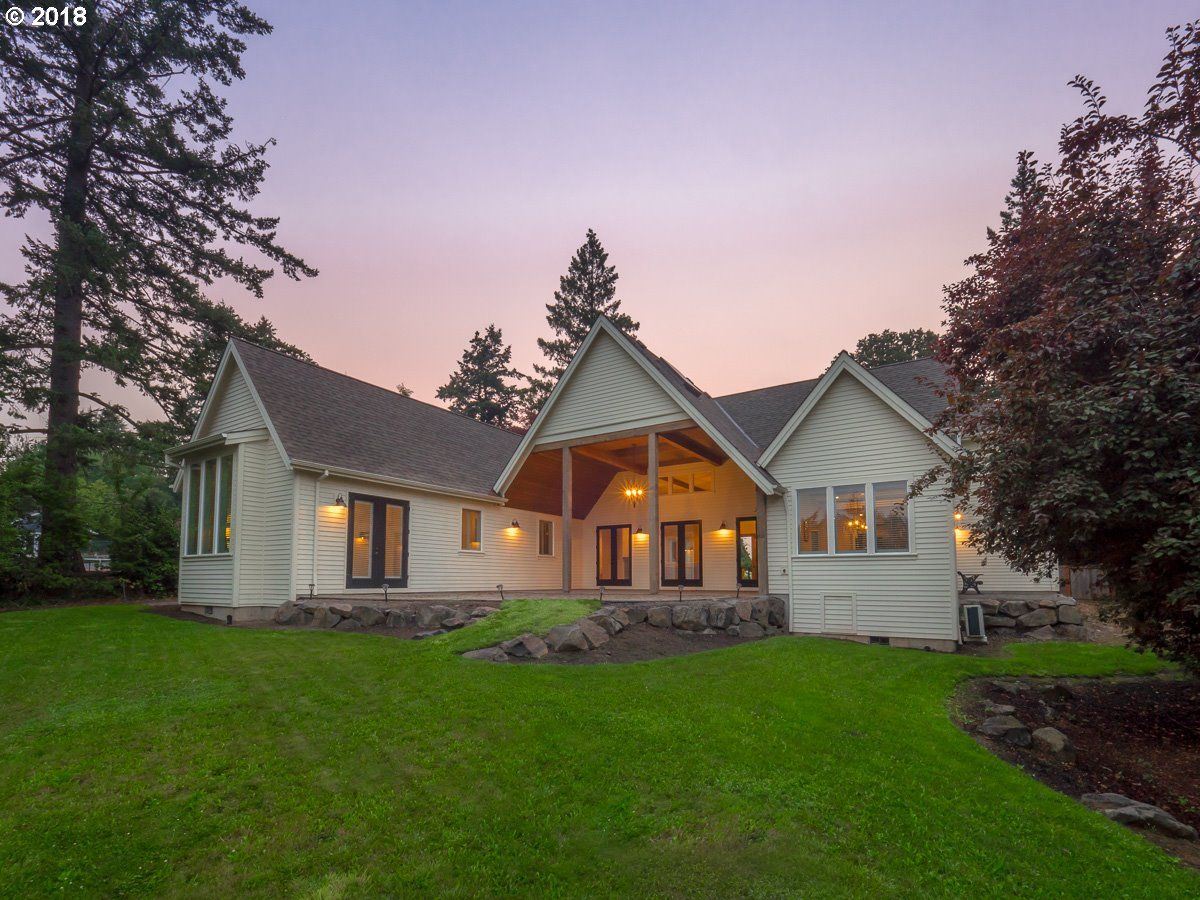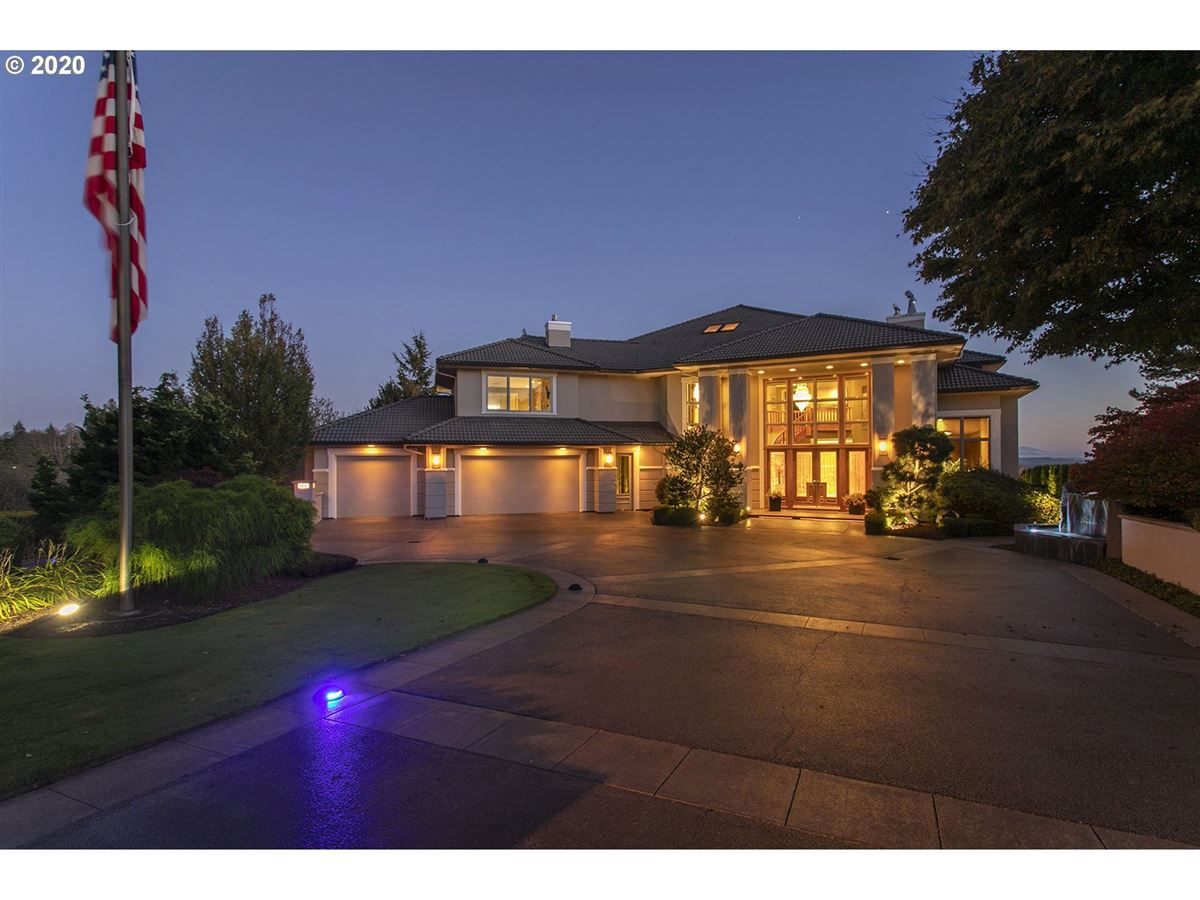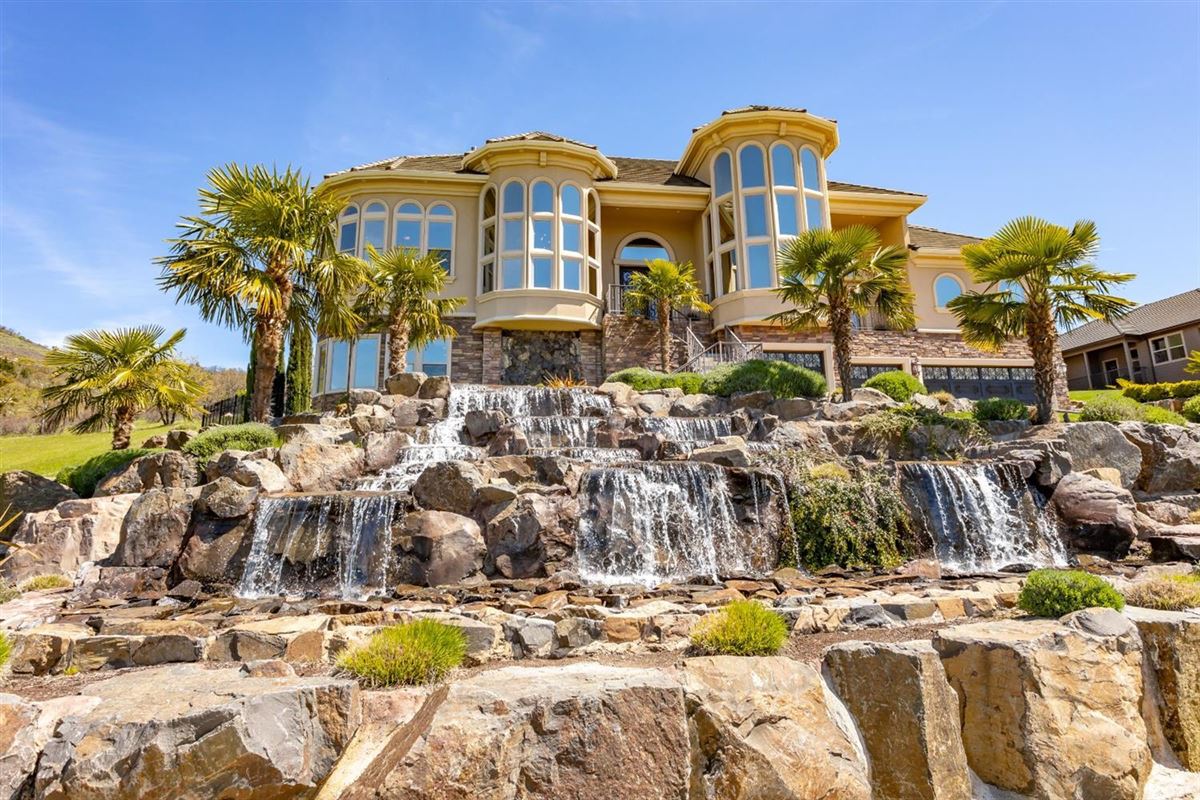Luxury Homes For Sale In Oregon

Oregon's real estate market, known for its stunning natural landscapes and vibrant cities, is witnessing a surge in demand for luxury homes. From sprawling estates nestled in the Willamette Valley wine country to modern architectural marvels overlooking the Pacific coastline, the high-end market is attracting affluent buyers from across the country and beyond. But beneath the allure of these opulent properties lies a complex interplay of factors, including shifting demographics, economic trends, and evolving lifestyle preferences.
This article delves into the current state of Oregon's luxury real estate market, examining the key drivers behind the demand, the types of properties that are most sought-after, and the potential implications for the broader housing landscape. It will also explore the perspectives of real estate agents, developers, and local residents, providing a comprehensive overview of this dynamic and increasingly significant segment of the Oregon economy.
Market Overview: A Booming Sector
Oregon's luxury real estate market is experiencing robust growth. According to recent data from Multiple Listing Services (MLS), sales of homes priced above $1 million have increased significantly in the past year.
This surge is particularly noticeable in areas like Portland's West Hills, Bend, and the coastal communities of Cannon Beach and Newport. These locations offer a combination of desirable amenities, scenic beauty, and a perceived sense of exclusivity.
"We're seeing a lot of out-of-state buyers, especially from California and Washington, who are attracted to Oregon's lower cost of living relative to those states, as well as its natural beauty and lifestyle," explains Sarah Johnson, a luxury real estate agent with Cascade Sotheby's International Realty.
Key Drivers of Demand
Several factors are contributing to the heightened demand for luxury homes in Oregon. The influx of high-net-worth individuals seeking refuge from densely populated urban centers is a major catalyst.
The rise of remote work has also played a significant role, allowing professionals to relocate to more desirable locations without sacrificing their careers. This flexibility has opened up new possibilities for buyers seeking a better work-life balance.
Furthermore, Oregon's relatively stable economy and attractive tax environment have made it an appealing destination for investment. The state's burgeoning tech industry, particularly in the Portland metropolitan area, has also contributed to the demand for high-end housing.
Types of Luxury Properties in Demand
The definition of "luxury" varies depending on the buyer's preferences, but certain property types are consistently in high demand. Waterfront estates, with private access to beaches or rivers, are highly prized.
Vineyard estates in the Willamette Valley, offering both a luxurious residence and the potential for wine production, are also popular. Modern architectural homes with sustainable features and state-of-the-art amenities are increasingly sought after by younger, environmentally conscious buyers.
Mountain retreats in areas like Bend and the Cascade Mountains, offering access to skiing, hiking, and other outdoor activities, round out the list of highly desirable luxury properties. "Buyers are looking for unique properties that offer a lifestyle, not just a place to live," says David Miller, a developer specializing in luxury homes.
Impact on the Broader Housing Market
The growth of the luxury real estate market has both positive and negative implications for the broader housing market. On one hand, it can stimulate economic activity, creating jobs in construction, design, and related industries.
On the other hand, it can exacerbate housing affordability issues, particularly for lower- and middle-income residents. The influx of wealthy buyers can drive up property values, making it more difficult for local residents to compete in the market.
"We need to find a balance between attracting investment and ensuring that housing remains accessible to all Oregonians," argues Emily Carter, a housing advocate with the Oregon Housing Alliance.
Challenges and Opportunities
Despite the strong demand, the luxury real estate market in Oregon faces several challenges. Limited inventory, particularly of high-quality properties in desirable locations, is a major constraint.
Rising construction costs and supply chain disruptions are also impacting developers' ability to meet the demand. Furthermore, regulatory hurdles and zoning restrictions can make it difficult to build new luxury homes in certain areas.
However, there are also opportunities for growth and innovation. The development of sustainable and energy-efficient luxury homes is gaining traction, appealing to environmentally conscious buyers. The integration of smart home technology and personalized amenities is also becoming increasingly important.
Looking Ahead: The Future of Luxury Real Estate in Oregon
The long-term outlook for Oregon's luxury real estate market remains positive, although some moderation is expected. As interest rates rise and the economy slows, the pace of growth may moderate, but demand for high-end properties is likely to remain strong.
The key to sustained success will be adapting to changing buyer preferences and addressing the challenges of limited inventory and rising costs. Developers and real estate agents who can offer unique and sustainable properties in desirable locations will be well-positioned to thrive.
Ultimately, the future of luxury real estate in Oregon will depend on the state's ability to maintain its appeal as a desirable place to live, work, and invest. The balance between economic growth and housing affordability will be crucial in shaping the market's trajectory in the years to come.
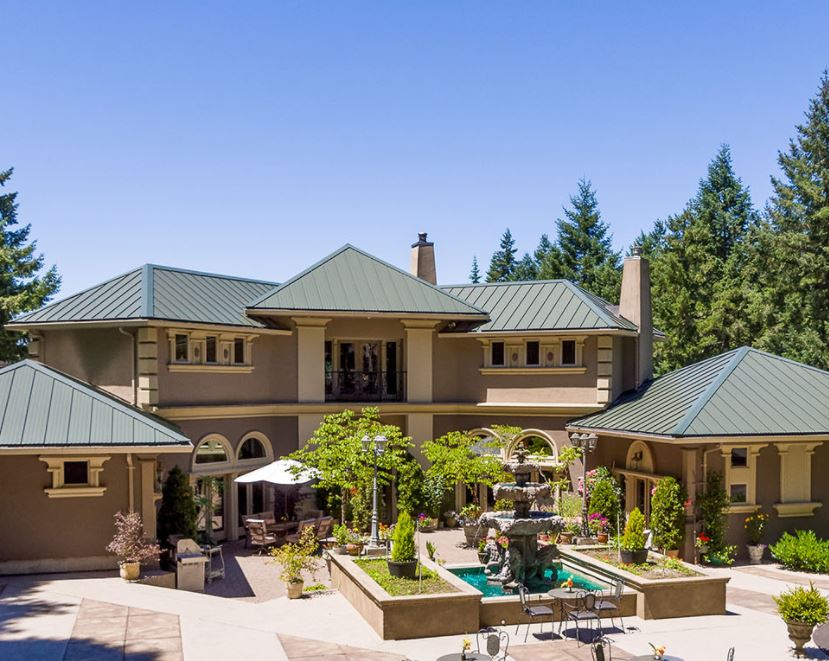

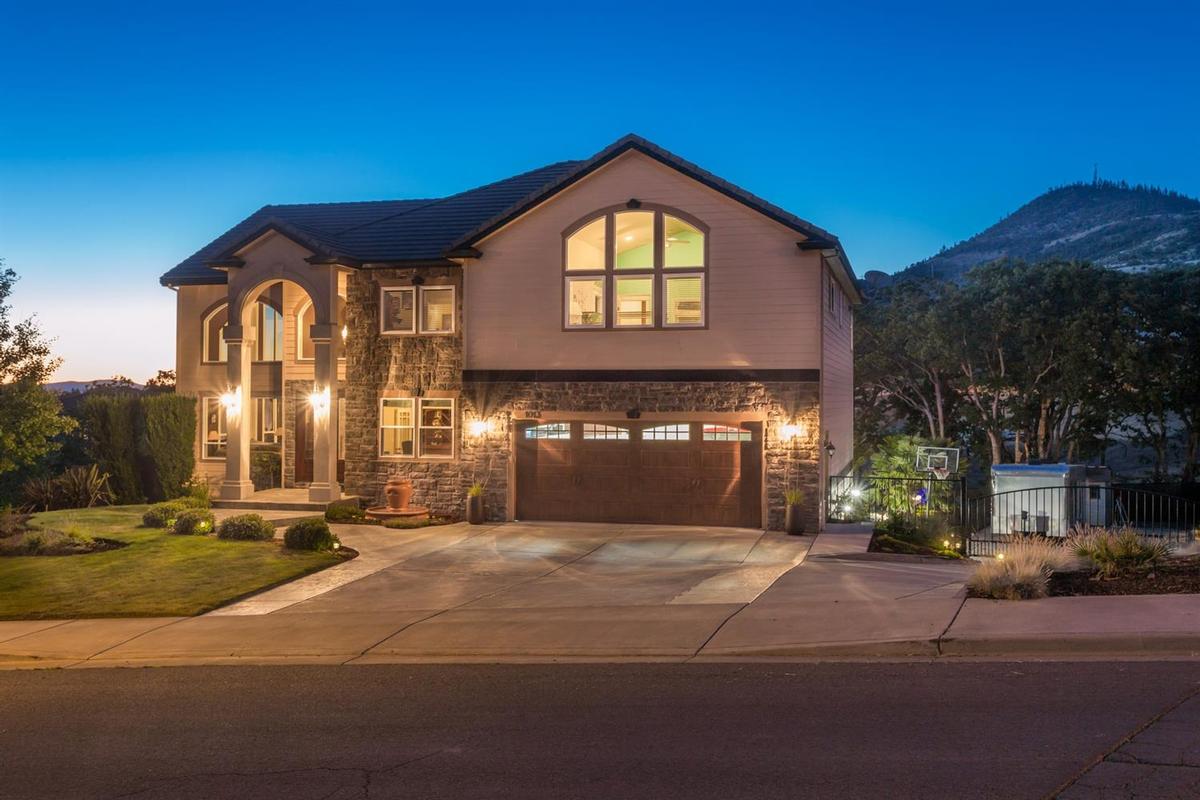
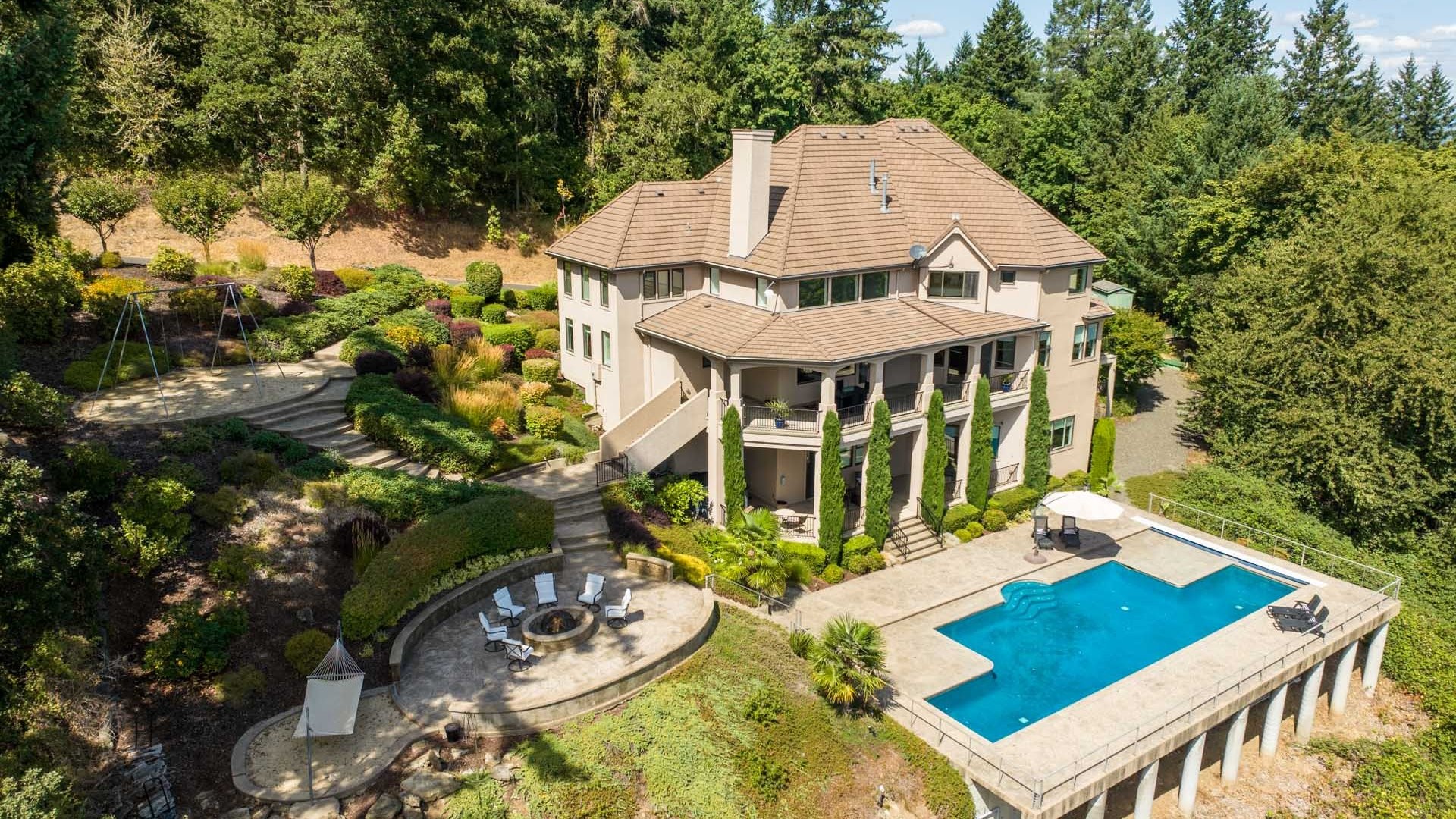
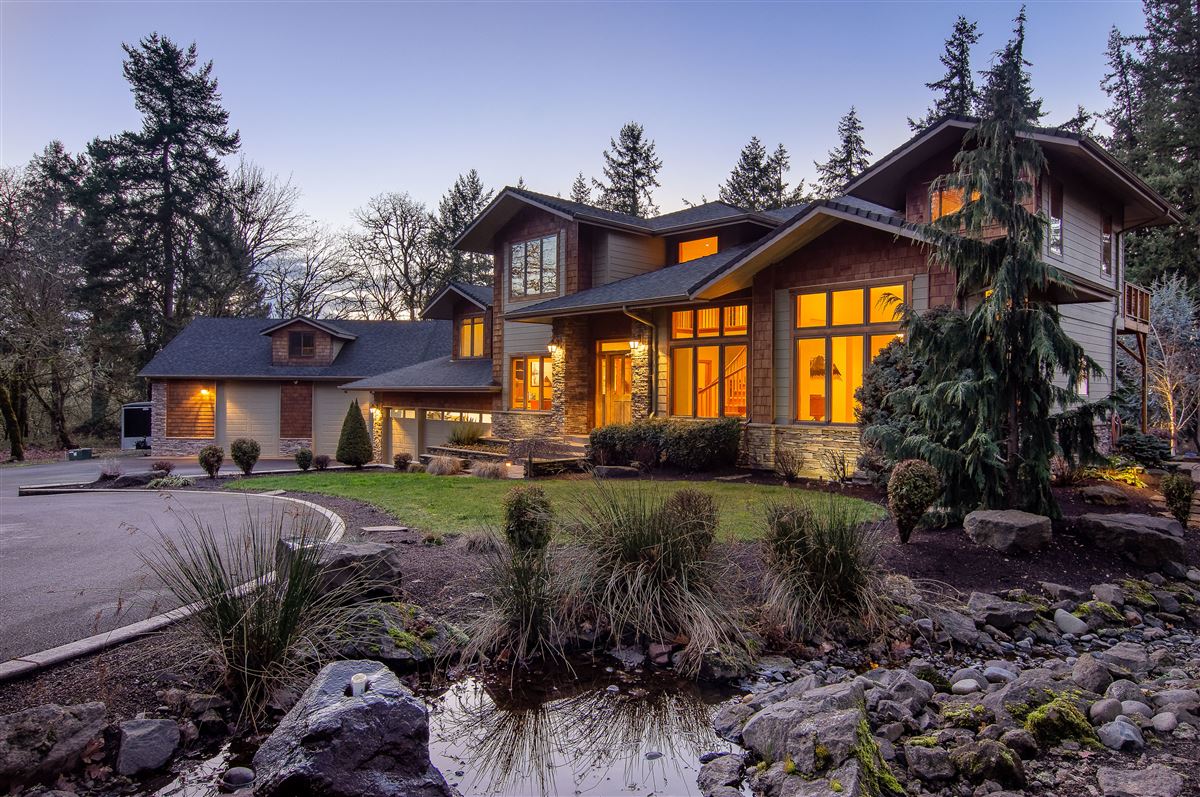


.jpg)
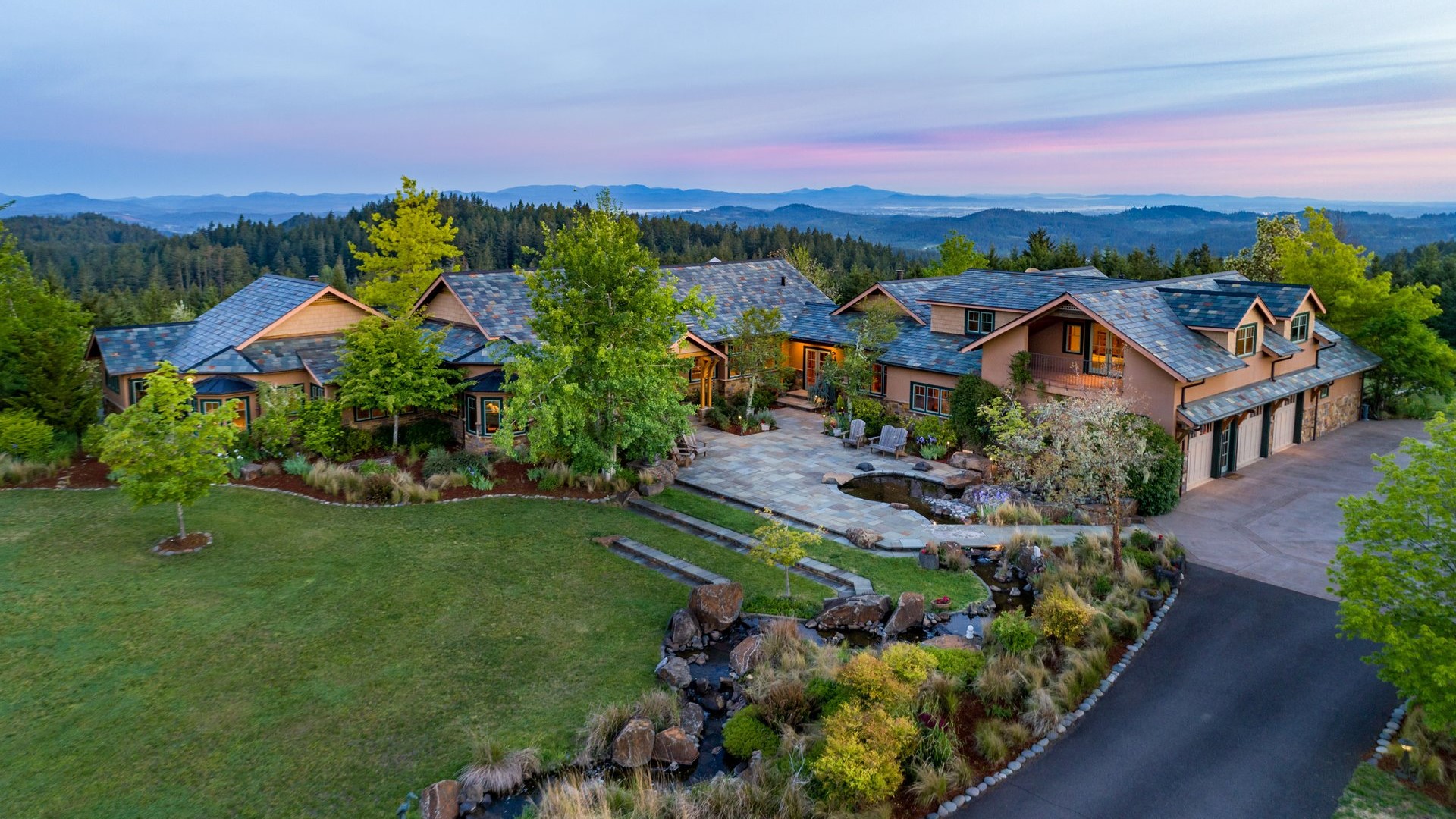
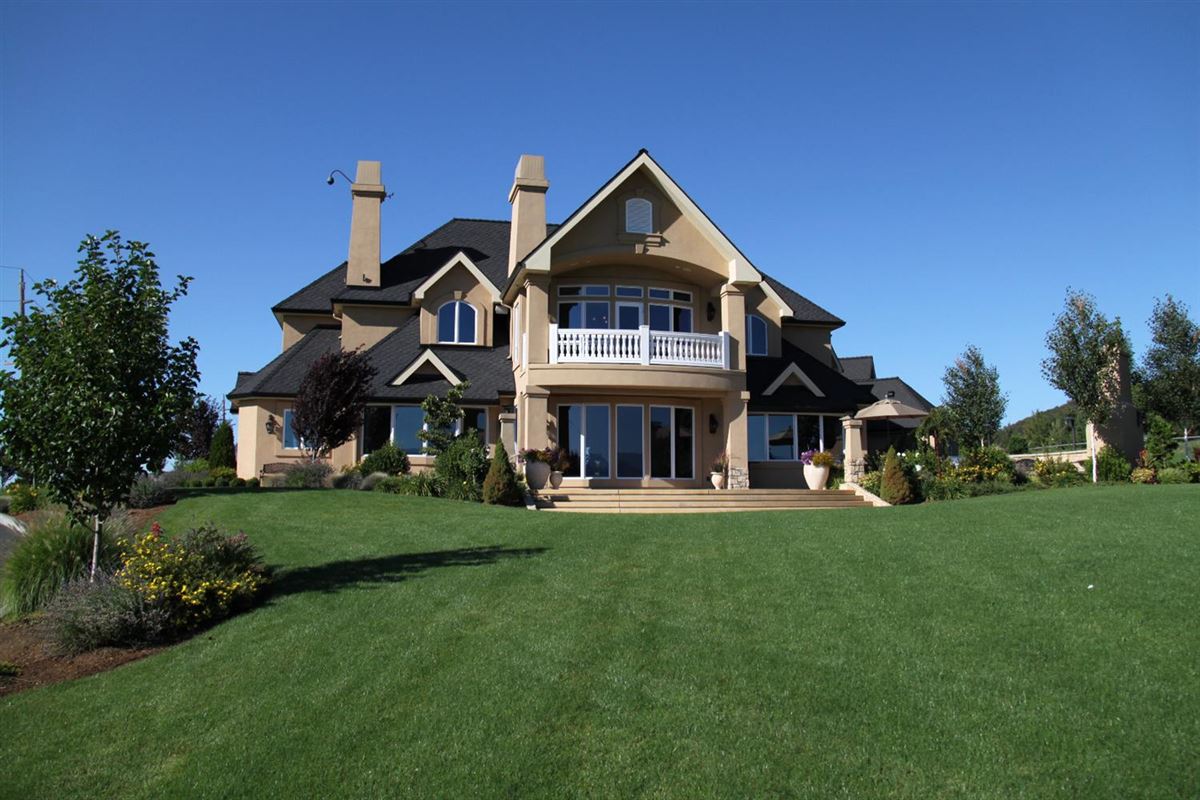

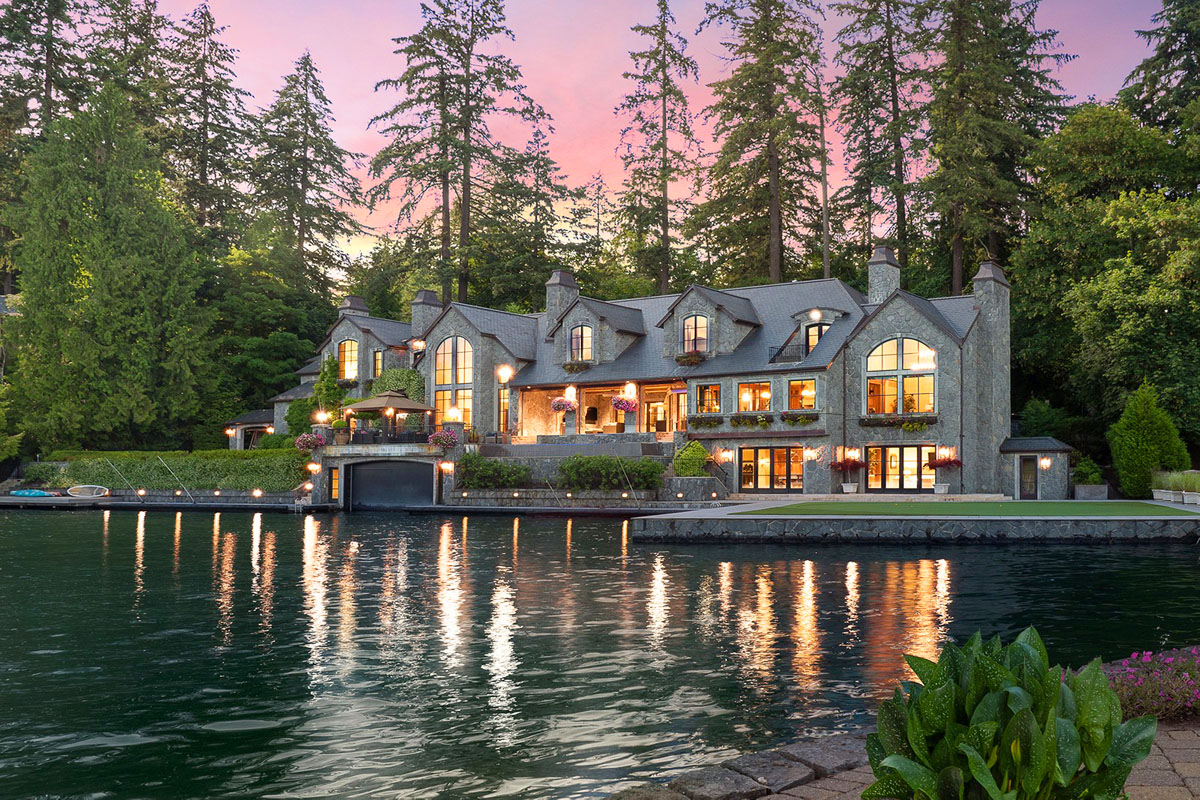
.jpg)

